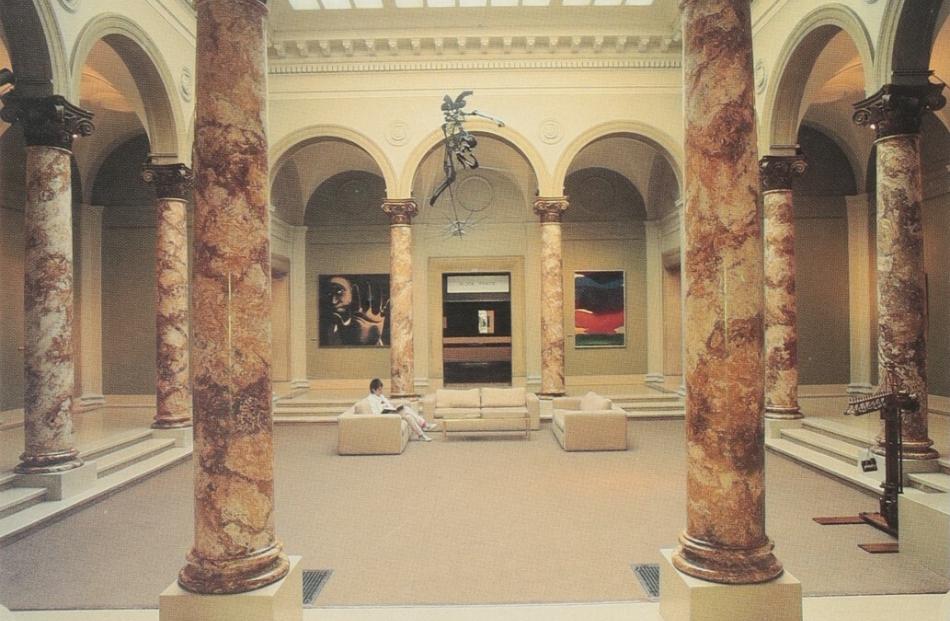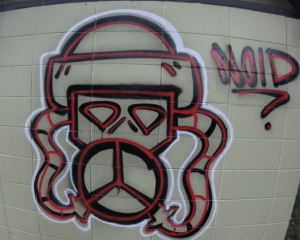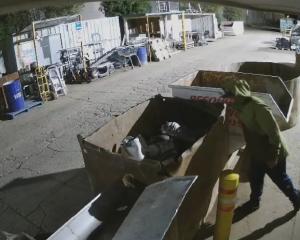On the edge of the Botanic Gardens, a team is preparing to put a historic Christchurch building on stilts.
The 1930s Robert McDougall Gallery is being revamped and strengthened as part of the redevelopment of Canterbury Museum’s Rolleston Ave site.
The gallery has been closed since it was deemed earthquake-prone following the February 22, 2011, quake.
But the redevelopment will see the McDougall restored and reopened to the public.
It will link to a new structure that will wrap around the museum’s restored heritage buildings.
The gallery will display artworks from the museum collection and other cultural institutions.
Curators are currently poring through the museum's collection to uncover some lost gems that will go on display for the first time in decades when it reopens in 2029.

But the work comes with its own challenges, Holmes New Zealand technical director Didier Pettinga said.
In the basement, hundreds of steel tubes about the width of a lamppost have been drilled 11m down into the ground.
The tubes were then filled with steel reinforcement and grout.

The old basement will then be dug away and a new base-isolated one built in its place.
The weight of the gallery will then be transferred from the micropiles to the new basement.
The underground strengthening work is due to be completed by the end of the year.

Until the basement is completed, you will be able to see under the building from one side to the other through the micropiles.
"To get base isolation under an existing building is a big challenge. There’s been all this work happening in the basement space, but no one has been able to see it."
The technique, which was pioneered in New Zealand, is a well-established way to bring heritage buildings up to modern building standards.One of the first times the technique was used in New Zealand was to install base isolation beneath Parliament House and the Parliamentary Library in Wellington.
Over 400 base isolators were installed between 1992 and 1995, using the same technique as the Robert McDougall Gallery.
It was the biggest strengthening and modernising project ever undertaken in New Zealand at the time.

The work on the gallery is a key part of the redevelopment of Canterbury Museum. Contractors are making good progress on the project.
The tired 20th-century museum buildings have been demolished, the outer basement wall has now been completed and part of the basement has been excavated down to about 6m.
Once the basement is complete, Cantabrians will start to see the new five-level above ground museum building emerge from behind the heritage buildings on Rolleston Ave.
The museum has funding in the bank to complete the storage basement and the new building which will be weather-tight and insurable.
If it has to pause construction to raise more money, that would be in 2028 when this stage of the project has been completed.
The final product will be a world-class new museum, with restored heritage buildings, a revamped Robert McDougall Gallery, a dramatic new atrium and more exhibition space.














